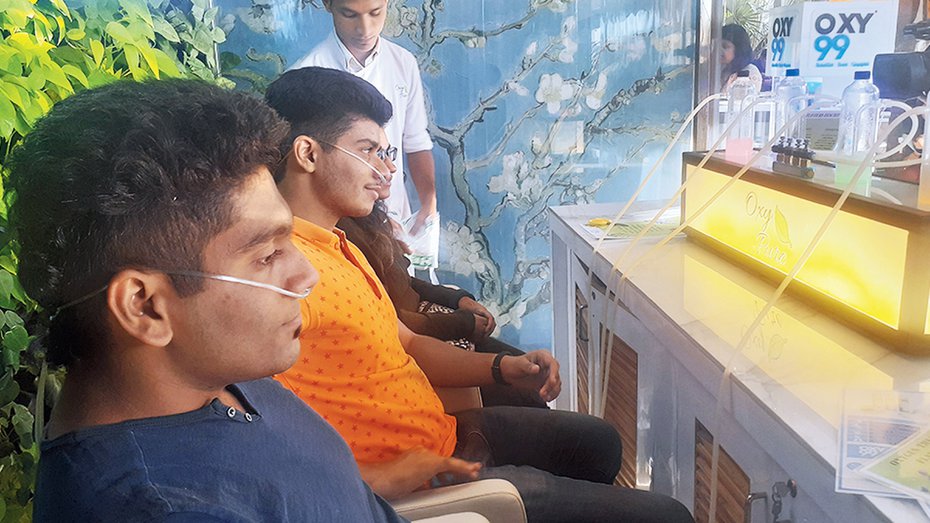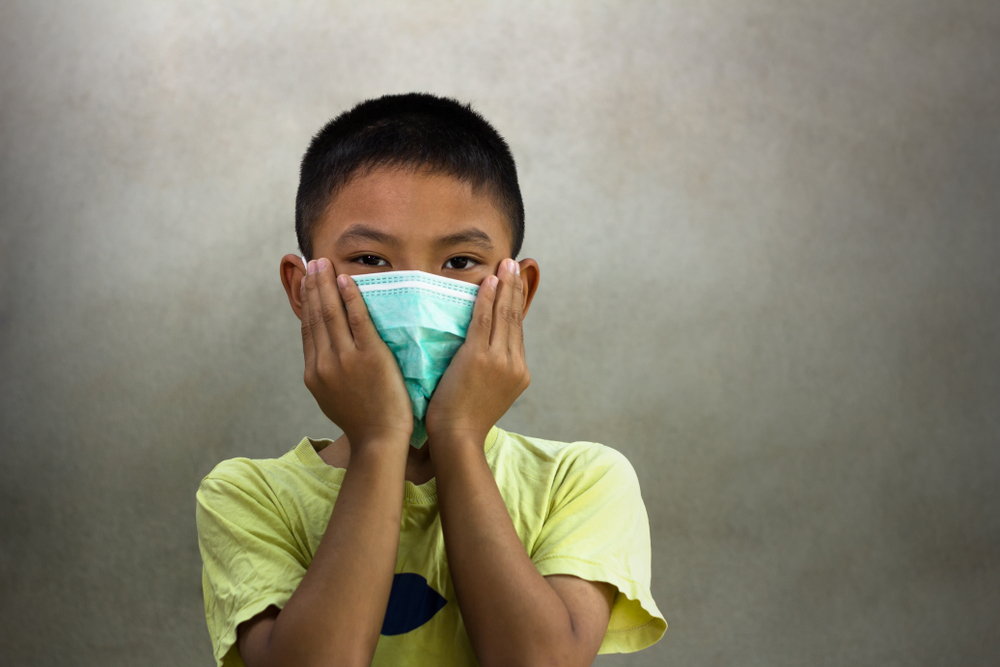It is an important but daunting task to estimate the cost of air pollution in India. This would include such costs as millions of premature deaths, the pain and suffering of thousands, expenditures on hospital treatment, damages to biodiversity and ecosystems, the loss of work days that affect labour productivity, reduced crop yields and so on. A number of Indian cities figure in the list of world’s most polluted places, even as an unequal struggle is being waged to rid the nation of hazardous air pollution.
In September, the Swedish teenage climate activist, Greta Thunberg, had caused a stir at the United Nations with her blistering criticism of the inaction of world leaders on climate change. Thunberg had put the onus of tackling environmental pollution on politicians. But this is easier said than done. So common people are looking for protection in their own ways. That is why, the ‘pure air industry’ is expected to boom in the coming years.
According to a study by the Associated Chambers of Commerce and Industry of India, the air purifier market in India’s residential sector will be valued at around $39 million by 2023. About two years ago, Nanoclean Global, a start-up, began a campaign for a product that uses nanotechnology to build filters which, when stuck on the user’s nasal orifice, can restrict the entry of particulate matter, including PM2.5 particles, and pollen allergens for a few hours.
Around the same time, I came to know of Vitality Air, a Canadian company, which sells canned fresh air collected from Alberta’s Banff National Park to countries like China. The company was trying to capture the Indian market as well. Other firms in Switzerland, Australia and England are also in the business of selling compressed fresh air collected from areas of outstanding natural beauty like Lake Lucerne and the Blue Mountains. India would need several times its present GDP to provide fresh air to its population.
A cheaper solution, however, has emerged in recent times. An ‘oxygen bar’ in an upscale mall in South Delhi was in the news. The ‘bar’ offers bursts of fragrant, purified oxygen to clients seeking relief from jet lag, sleep disorders, hangovers and even depression. Significantly, it became popular around October, at the time of the annual stubble burning ritual.
A 15-minute session here costs between Rs 299-499. A customer can strap a tube under the nostril that gives a whiff of oxygenated air, generated by an ‘oxygen concentrating machine’, which purifies the air around it with a fragrance from a range of choices. The machines, obtained from a US firm, apparently create air with 95 per-cent-level oxygen.
Oxygen bars are not uncommon in countries like the United States of America, France and Japan. But its application as a relief from air pollution might be a first. A whole new culture may well be emerging even as oxygen cafés and bars come up in this part of the world.
How costly would it be for us to breathe fresh air through portable devices? Given the average rate of Rs 300 for 15 minutes, the expenditure could be Rs 28,800 per day per person, which comes to Rs 10,512,000 per year per person. Thus, an exorbitant amount of 13,666 trillion rupees will be needed annually to provide fresh, breathable air to every Indian. (This is about 70 times India’s 2018 GDP.)
Surely, an alternative approach would be more desirable when it comes to breathing fresh air.












